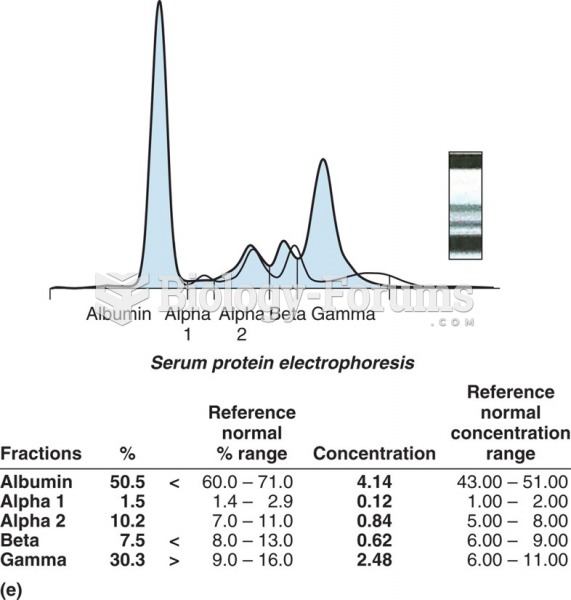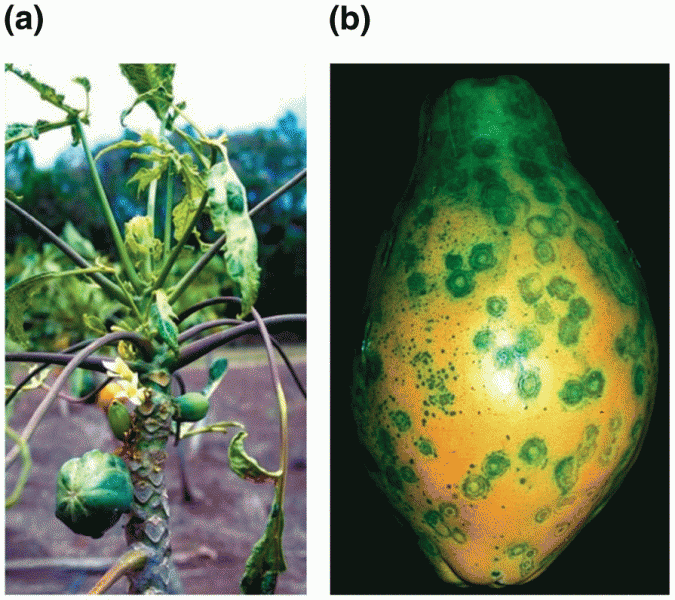|
|
|
The familiar sounds of your heart are made by the heart's valves as they open and close.
If you use artificial sweeteners, such as cyclamates, your eyes may be more sensitive to light. Other factors that will make your eyes more sensitive to light include use of antibiotics, oral contraceptives, hypertension medications, diuretics, and antidiabetic medications.
Cocaine was isolated in 1860 and first used as a local anesthetic in 1884. Its first clinical use was by Sigmund Freud to wean a patient from morphine addiction. The fictional character Sherlock Holmes was supposed to be addicted to cocaine by injection.
The largest baby ever born weighed more than 23 pounds but died just 11 hours after his birth in 1879. The largest surviving baby was born in October 2009 in Sumatra, Indonesia, and weighed an astounding 19.2 pounds at birth.
The ratio of hydrogen atoms to oxygen in water (H2O) is 2:1.
 EEG recordings showing the differences between normal, absence seizure, and generalized tonic–clonic
EEG recordings showing the differences between normal, absence seizure, and generalized tonic–clonic
 A schematic showing that an inertia switch is connected in series between the fuel-pump relay and ...
A schematic showing that an inertia switch is connected in series between the fuel-pump relay and ...





